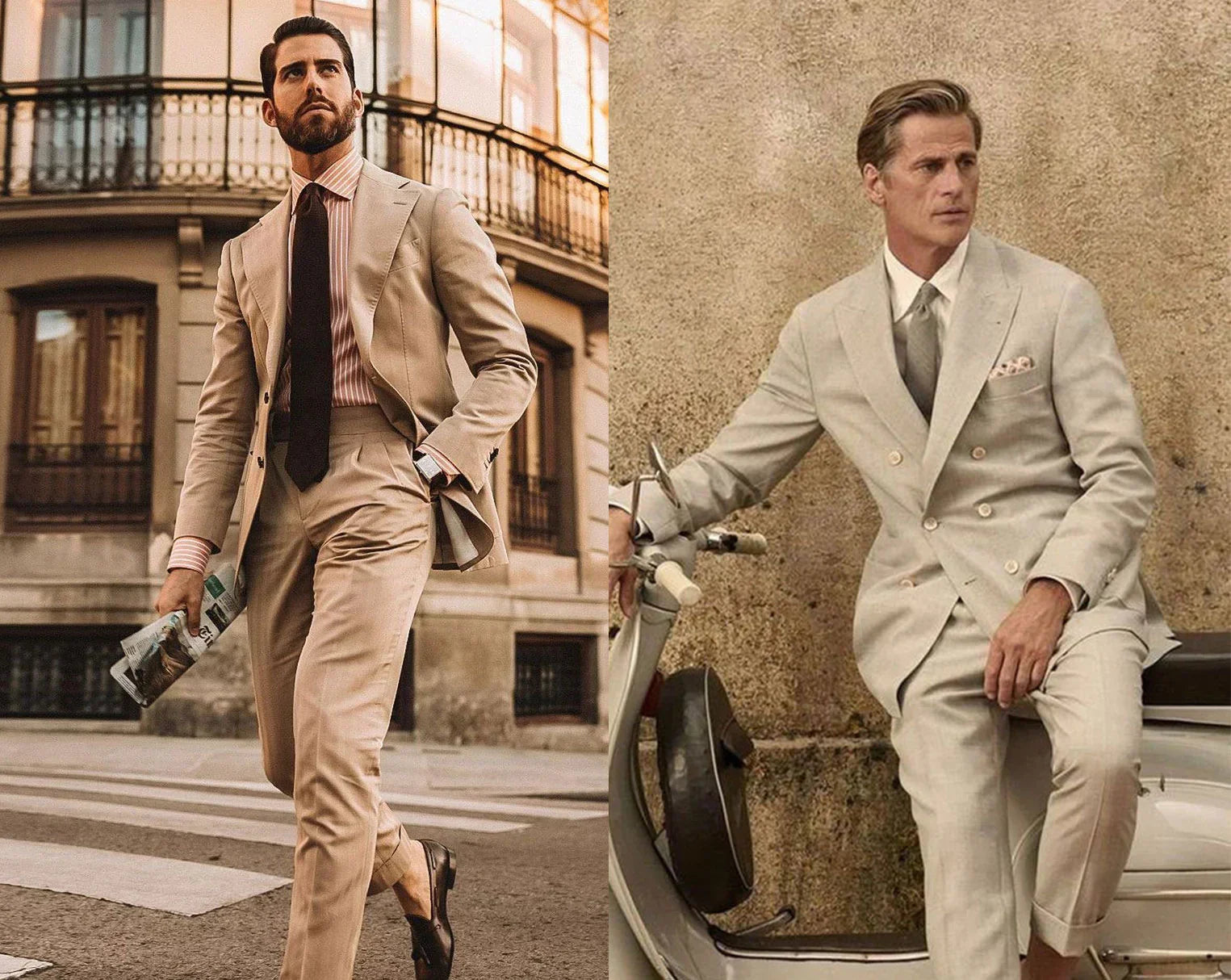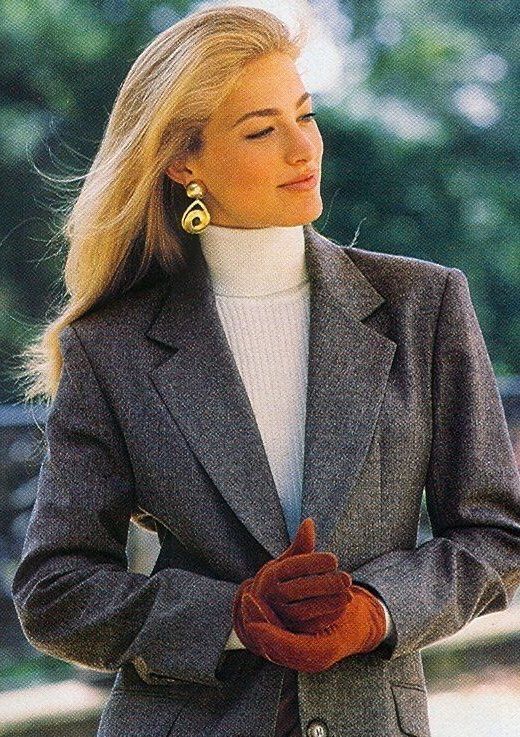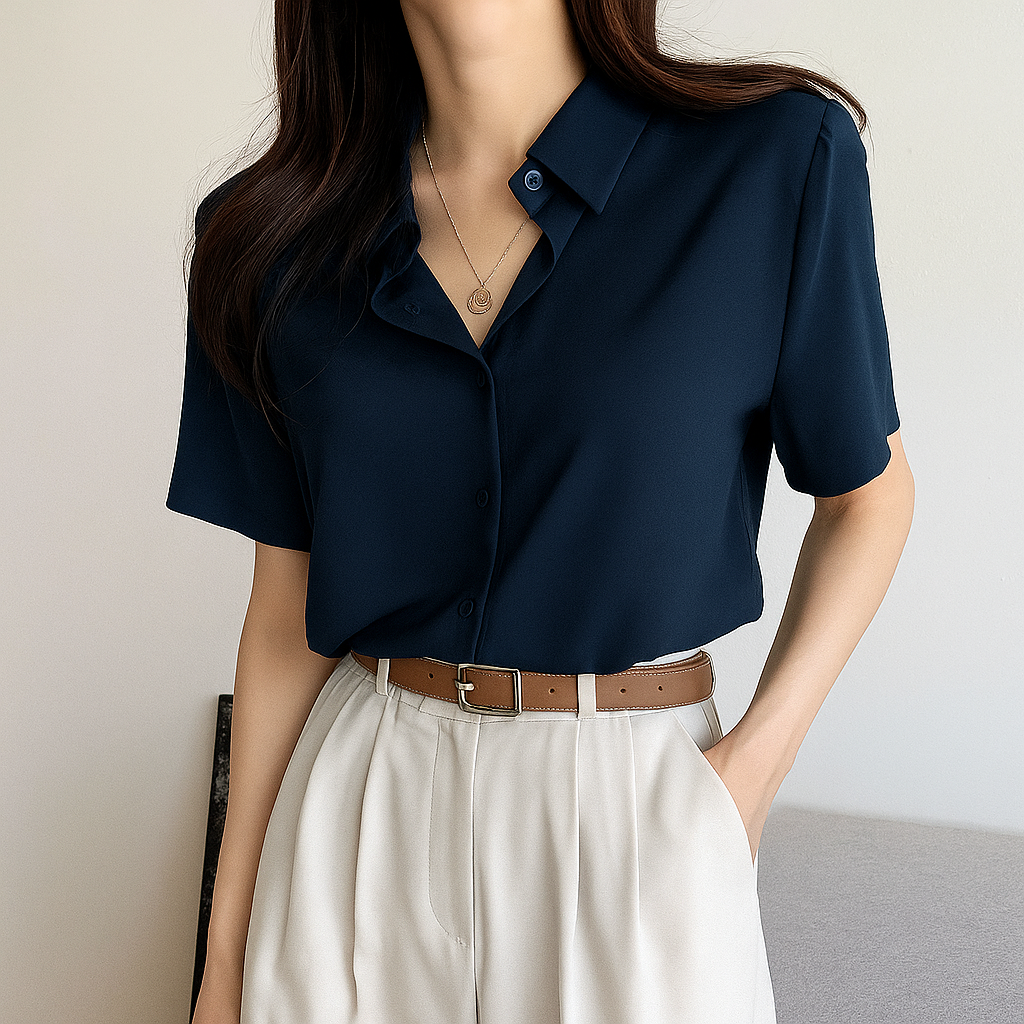
The Old Money Style Guide: What It Is and How to Wear it
Fashion’s attention span has never been shorter, yet “quiet luxury” keeps climbing every consumer-trend chart. The phrase describes shoppers who bypass hype releases and instead invest in garments that could have come from a grandparent’s cedar wardrobe. Vogue Business reports that 2025’s most resilient luxury brands share three traits: impeccable materials, subtle branding, and product cycles measured in years rather than weeks.
Meanwhile, Harvard Business Review warns that fast-fashion’s hidden costs—ever-rising landfill waste and the financial drag of constant repurchase—are becoming impossible to ignore. (Harvard Business Review)
Old money style provides the antidote. It rests on ten durable rules that have guided Ivy-League graduates, European gentry, and discreet executives for generations. Master them and you’ll own a wardrobe that looks credible this season and ten seasons from now.
1 What Exactly Is Old Money Style?
At its core, old money style is the visual language of inherited confidence. It relies on natural fabrics, neutral palettes, and silhouettes refined over a century of social settings—from campus commons to embassy dinners. Old money men and old money women dress to feel at ease everywhere, not to dominate attention anywhere.
2 Disciplined Color Palettes
If an interior designer could paint it on a Georgian town house or find it in an English garden, it belongs in your wardrobe. The permanent palette:
|
Core Neutral |
Accent (Seasonal) |
|
Navy |
Powder blue (summer) |
|
Charcoal |
Burgundy (autumn) |
|
Camel |
Forest green (winter) |
|
Olive |
Sand (spring) |
Sticking to these hues guarantees friction-free mixing. A navy blazer slides over stone chinos; a camel coat complements olive tweed without hesitation.
3 Invest in Fabrics That Age, Not Expire
Old money style worships natural fibers:
-
Wool — Merino for three-season suiting, flannel for trousers, and cashmere for knitwear.
-
Cotton — Heavy Oxford cloth for shirts, brushed twill for chinos.
-
Linen — Summer tailoring that wrinkles into soft character.
-
Leather & Suede — Full-grain calfskin for structure; suede for muted depth.
Small amounts of stretch yarn are acceptable only when they add travel ease or athletic give.
4 Tailoring: The Quiet Multiplier
Fabric is the entry fee; fit is the credibility test. Every jacket shoulder must align with the acromion bone—no “divots.” Trousers rest at the natural waist, and the hem should break once on the shoe. Skirts for old money women hover at mid-calf, the narrowest part of the leg. Alterations rarely exceed the price of one impulse purchase, yet they double garment longevity.
5 Build a Shirt Arsenal That Works Seven Days a Week
A heavyweight Oxford cloth button-down (OCBD) softens after each wash and rolls its collar under blazers or over shoulders with equal ease. Begin with white and sky blue. When those are on rotation, add a university stripe for measured variety.
You will find dense, long-staple versions inside the Old Money Shirts (link). Stitch-not-fuse collars and mother-of-pearl buttons ensure each shirt survives weekly laundering and still looks better after year three than at purchase.
6 Layer With Purpose—Knitwear Is Texture, Not Logo
A navy cashmere crewneck, an oatmeal cable knit, and a moss-green V-neck cover 80 percent of layering needs. Neutral colors keep attention on fiber quality and fit, not on screaming graphics. Fold knitwear, never hang it, and store with cedar to deter moths.
Every piece in the Old Money Sweaters collection lists fiber micron counts—rare transparency that shows softness and durability were calibrated from the start. For more info click here
7 Place Footwear at the Foundation
Shoes endure the most physical stress, so skimping here breaks the entire ensemble. Start with:
-
Brown penny loafers—Goodyear-welted for resoling
-
Black tassel loafers or Chelsea boots—city formality covered
-
Chocolate suede chukkas—bridge office and weekend
Each option appears in the our Old Money Shoes collection with upper thickness, welt type, and heel-stack height disclosed—data that separates heirloom pairs from fashion fillers.
8 Accessories Sparingly
Old money style treats accessories as punctuation marks, not billboards.
-
Belts: bridle leather, brass buckles, color-matched to shoes.
-
Watches: slim cases, leather straps by day, understated steel on weekends.
-
Socks: navy or charcoal; a discreet Fair Isle appears only in deep winter.
-
Jewellery: pearl studs for women, signet rings for men, but never both at the same time.
One statement per outfit suffices; stacking dilutes impact.
9 Grooming & Deportment Complete the Picture
Clothes whisper; manners confirm. Hair remains neat yet touchable, nails trimmed, and fragrances perceptible only within handshake distance. Phones stay face-down during meals, and handwritten notes follow social invitations. Old money men open doors without performative flair, and old money women send flowers rather than texts to say thank-you.
10 Maintenance: Protect the Investment
|
Task |
Frequency |
Tool |
|
Brush wool garments |
After each wear |
Horsehair brush |
|
Steam shirts & sweaters |
As needed |
Handheld steamer |
|
Polish leather shoes |
Monthly |
Neutral cream & cloth |
|
Store with cedar blocks |
Off-season |
Cedar hangers/trees |
|
Resole loafers and boots |
18–24 months |
Trusted cobbler |
Discipline here ensures garments age into heirlooms rather than landfill.
Sample Seasonal Looks
Spring Campus Weekend
White OCBD, olive chinos, navy cashmere crewneck draped over shoulders, brown loafers. The color interplay feels collegiate without appearing juvenile.
Summer Coastal Dinner
Stone linen blazer, open-neck sky-blue shirt, cream trousers, tan Belgian loafers. Linen fibers breathe; muted pastels reflect sunset lighting.
Autumn Countryside Walk
Olive waxed jacket, oatmeal cable knit, dark denim, suede chukka boots. Earth tones mirror changing leaves, and waxed cotton shrugs off drizzle.
Winter Urban Commute
Camel polo coat, burgundy cashmere scarf, charcoal flannel suit, black Chelsea boots. The coat’s warmth marries the scarf’s deep accent, bridging exterior and interior dress codes.
Why Old Money Style Persists
Vogue Business suggests the quiet-luxury wave will keep rolling because it delivers emotional resonance through heritage and craft, qualities algorithms cannot replicate. (Vogue Business) At the same time, critics of instant fashion argue that garments designed for seasonal obsolescence now carry social stigma and environmental guilt. Old money style sidesteps these traps by treating clothing as capital rather than consumable.



